Celosia Plant
- October 30, 2023
- 0 comment
Celosia, often referred to as “cockscomb” due to its distinct, vibrant, and crested flower heads, is a captivating annual or perennial plant that belongs to the amaranth family. Known for its striking, flame-like blossoms that come in a rich palette of colors, including red, orange, yellow, and pink, Celosia is a popular choice among gardeners and flower enthusiasts.


This unique plant thrives in warm, sunny environments and is prized for its ability to add a touch of drama and elegance to gardens, borders, and floral arrangements. With its upright growth habit, Celosia’s feathery, plume-shaped blooms create a visual spectacle, making it a sought-after ornamental plant for both outdoor and indoor cultivation.
Whether you opt for the crested or plume variety, Celosia adds a burst of color and texture to any garden or floral display, making it a favorite among those seeking to infuse their landscapes with a touch of whimsy and charm.
| Characteristics | Description |
| Scientific Name | Celosia spp. |
| Common Names | Cockscomb, Woolflower, Plume Plant |
| Plant Type | Annual or Perennial |
| Growth Habit | Upright, bushy |
| Flower Shape | Crested or plume-shaped flower heads |
| Flower Colors | Red, orange, yellow, pink, purple, and more |
| Sunlight Requirements | Full sun to partial shade |
| Soil Type | Well-drained, fertile soil |
| Watering Needs | Moderate; allow soil to dry between waterings |
| Mature Height | 1 to 3 feet (30 to 90 cm) depending on the variety |
| Blooming Season | Summer to early fall |
| Hardiness Zones | Typically grown as an annual, suitable for zones 2-11 |
| Special Features | Excellent for cut flowers and dried flower arrangements |
| Maintenance | Pruning spent blooms can encourage continuous growth |
| Pests and Diseases | Generally pest and disease-resistant |
Botanical Beauty of the Celosia Plant
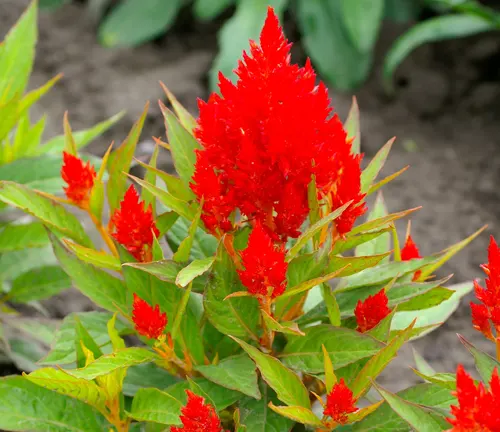
The Celosia plant, scientifically known as Celosia spp., is a botanical beauty that graces gardens and landscapes with its vibrant and distinct appearance. With its unique flower heads resembling intricate flame-like plumes or crests, Celosia stands out in the world of ornamental plants. These striking blossoms come in a range of colors, including vivid red, fiery orange, sunny yellow, and delicate pink, making Celosia a true eye-catcher. Its charming appearance and captivating aesthetic make it a favorite among gardeners and flower enthusiasts looking to add a touch of botanical beauty to their surroundings.
Woodland Elegance
Despite its association with vibrant gardens, Celosia has a certain woodland elegance that transcends its flamboyant appearance. The feathery plume-shaped or crested flower heads bring to mind the tranquility of a forest, creating a unique contrast in gardens and floral arrangements. Its gentle, almost ethereal, appearance can add a touch of refinement and grace to any landscape, turning ordinary spaces into extraordinary woodland havens.
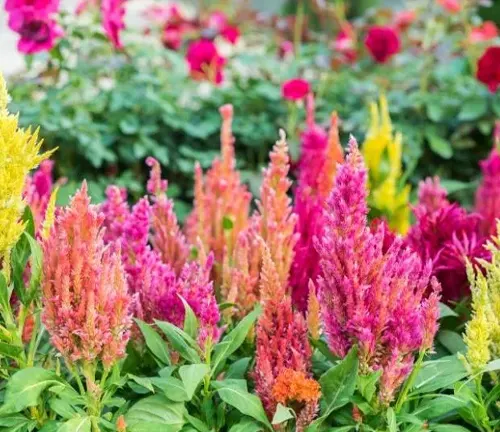
Ecological Importance
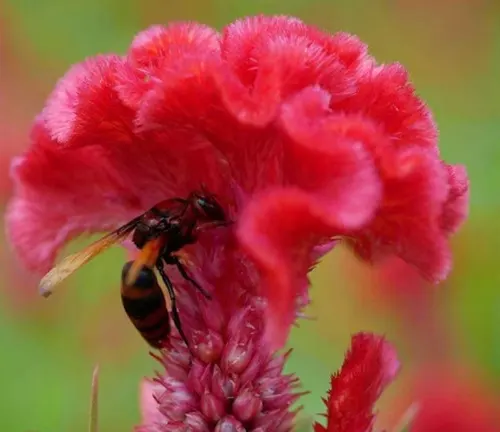
Beyond its aesthetic appeal, Celosia also plays a role in ecological balance. The plant’s vibrant blooms attract pollinators like bees and butterflies, aiding in the pollination of other plant species in the vicinity. This contribution to the ecosystem underscores its ecological importance as a supporting character in the grand tapestry of nature.
Cultivation and Conservation
Cultivating Celosia is a rewarding endeavor, as it thrives in warm, sunny environments with well-drained, fertile soil. It’s essential to maintain moderate watering, allowing the soil to dry between waterings. While Celosia is often grown as an annual, it can sometimes be conserved as a perennial in milder climates. Conservation efforts for Celosia include preserving its diverse varieties and protecting its natural habitat, as some species are endangered due to habitat loss.
Fragrance
Celosia is not just a treat for the eyes; it can also tantalize the olfactory senses. While not all varieties are fragrant, some emit a delicate, sweet scent that enhances the overall sensory experience in your garden. This subtle fragrance is a delightful surprise for those who take a moment to appreciate its beauty up close.
Soil Stabilization
Beyond its visual and olfactory charm, Celosia serves a practical purpose in many gardens. Its robust root system helps prevent soil erosion and stabilizes loose soil. This soil stabilization quality is especially beneficial in areas prone to heavy rainfall or erosion, making Celosia a valuable addition for maintaining the structural integrity of your garden.
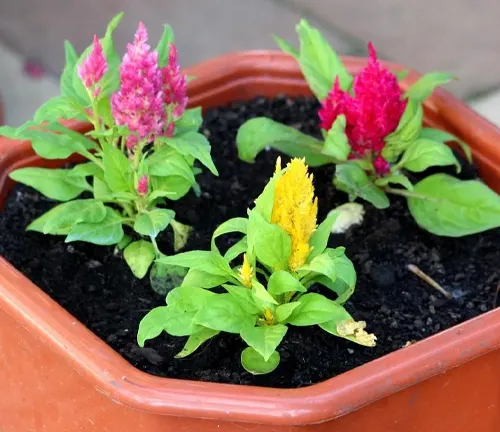
Common Uses
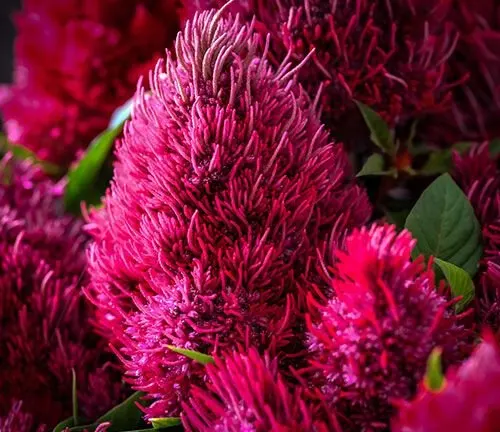
Celosia’s versatility extends beyond garden borders. This plant is a popular choice for cut flower arrangements due to its long-lasting blooms. Dried Celosia flowers, also known as “woolflowers,” retain their vivid colors and unique texture, making them a sought-after component in various decorative and craft projects. Celosia’s multifaceted appeal finds its way into bouquets, wreaths, and home decor, enhancing the beauty of indoor spaces.
Benefits
The Celosia plant offers a range of benefits, from its striking appearance and ecological significance to its practical uses in landscaping and floral arrangements. Its beauty not only pleases the eye but also contributes to soil stability and supports pollinators, making it a valuable addition to any garden. With conservation efforts, Celosia can continue to enchant us with its captivating presence for generations to come, reminding us of the wondrous diversity and beauty of the botanical world.
Different Species
Celosia argentea
This is one of the most common species and is often grown as an ornamental annual. It’s known for its distinctive, crested flower heads and comes in various colors. Varieties of C. argentea include the plume types and the crested types.

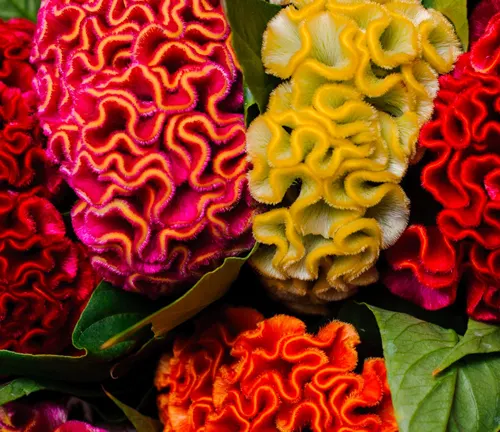
Celosia cristata
This species is commonly referred to as “cockscomb” due to the resemblance of its crested flower heads to a rooster’s comb. It’s a popular choice for gardeners and is available in a wide range of colors.
Celosia spicata
Also known as spiked cockscomb, this species produces narrow, cylindrical flower spikes rather than the typical crested or plume-shaped inflorescences. It is characterized by its spiky, upright growth and is often used in floral arrangements.
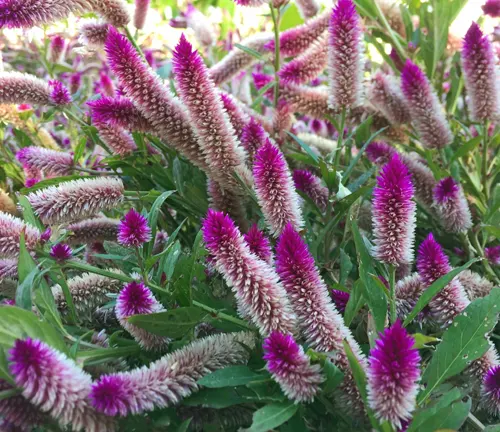
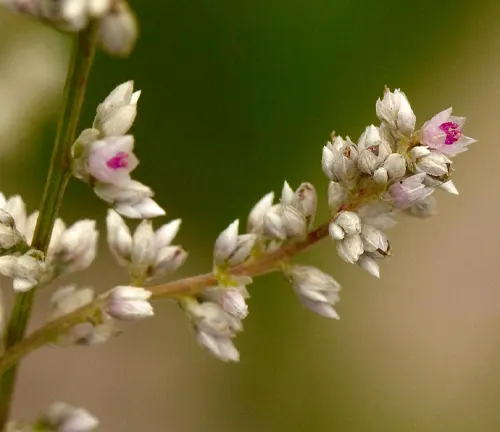
Celosia trigyna
This species is native to Africa and is characterized by its more upright growth habit. It has linear leaves and produces tall, cylindrical flower spikes covered in small, colorful florets.
Celosia argentea var. cristata
This is a cultivated variety of Celosia argentea, specifically known for its crested flower heads. It’s a popular choice for garden borders and is available in various colors.


Celosia argentea var. plumosa
This variety of Celosia argentea is known for its plume-shaped flower heads, which resemble feathered plumes. It adds a soft and elegant touch to gardens and floral arrangements.
Celosia argentea var. spicata
This variety of Celosia argentea produces slender, cylindrical flower spikes. It’s often used in cut flower arrangements and is sometimes referred to as “wheat celosia” due to its spike-like appearance.
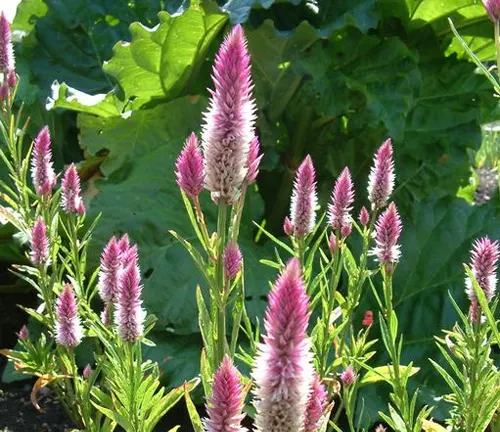
Frequently Asked Questions (FAQs)
- What is Celosia?
Celosia is a genus of flowering plants known for its distinctive and colorful flower heads. It includes various species and varieties with crested, plume-shaped, or spike-like inflorescences. - Is Celosia an annual or perennial plant?
Celosia can be both an annual and a perennial. In many regions, it is grown as an annual, but in milder climates, it may survive as a perennial. - How do I care for Celosia plants?
Celosia typically thrives in full sun to partial shade and well-drained, fertile soil. Water moderately and allow the soil to dry between waterings. Regular deadheading (removing spent blooms) can encourage continuous flowering. - What are the different types of Celosia flowers?
Celosia flowers come in various forms, including crested (cockscomb), plume-shaped (plumosa), and spike-like (spicata). These variations offer diverse aesthetics for your garden. - When does Celosia bloom?
Celosia typically blooms in the summer and continues into early fall. The exact blooming period can vary depending on the species and local climate. - Can Celosia be grown in containers?
Yes, Celosia can be grown in containers or pots, making it a suitable choice for small gardens, balconies, and patios. - Are Celosia plants fragrant?
Some varieties of Celosia emit a subtle, sweet fragrance, but not all have a noticeable scent. - What is the hardiness zone for Celosia?
Celosia is often grown as an annual and is suitable for a wide range of hardiness zones, typically from zones 2 to 11. - Are Celosia plants invasive?
Celosia plants are not considered invasive. They are usually well-behaved in garden settings. - Can Celosia be used in cut flower arrangements and dried flower crafts?
Yes, Celosia is popular for cut flower arrangements and is also known as “woolflower” when dried. Its unique appearance and vibrant colors make it a valuable addition to floral displays and crafts. - Are there any specific pests or diseases that affect Celosia?
Celosia is generally pest and disease-resistant. However, it can be susceptible to aphids and powdery mildew in certain conditions. - How can I promote the conservation of Celosia plants?
Conserving Celosia involves protecting its natural habitats and preserving its diverse varieties. It’s important to support initiatives that focus on the conservation of this unique plant species.





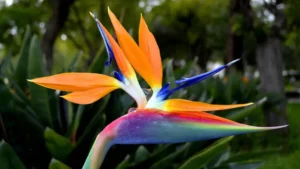
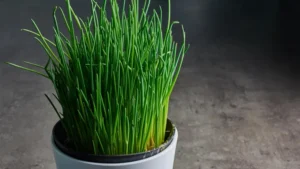
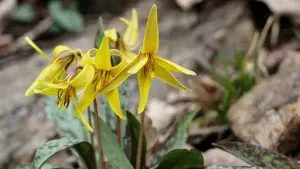
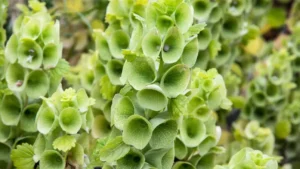




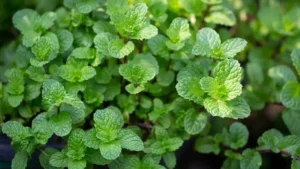
Leave your comment